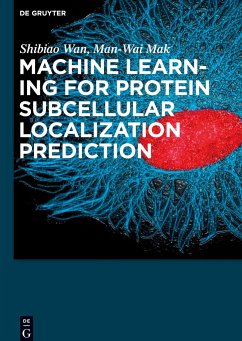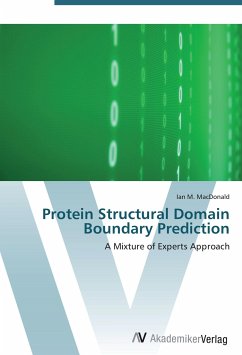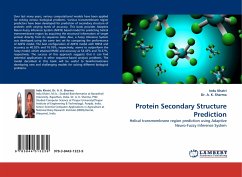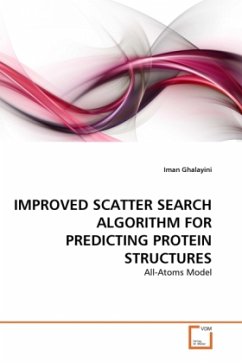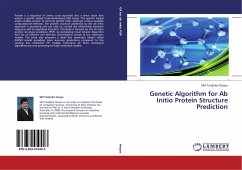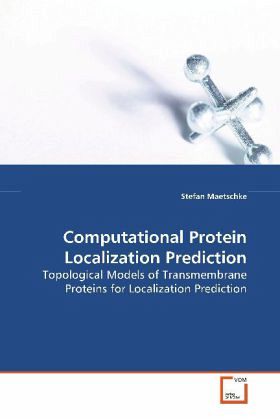
Computational Protein Localization Prediction
Topological Models of Transmembrane Proteins for Localization Prediction
Versandkostenfrei!
Versandfertig in 6-10 Tagen
52,99 €
inkl. MwSt.

PAYBACK Punkte
26 °P sammeln!
Proteins are distributed to the organelles of thecell by a highly complex sorting machinery. Sinceexperimental localization techniques are timeconsuming and expensive, various computationaltechniques to predict the subcellular localization ofproteins have been developed. This book describes thebiological signals and mechanisms that guide proteinlocalization, and the computational methods employedfor localization prediction. The focus is thereby ontransmembrane proteins, an important class ofproteins that are inserted into the membranes of thecell. Different topological models of transmembranep...
Proteins are distributed to the organelles of the
cell by a highly complex sorting machinery. Since
experimental localization techniques are time
consuming and expensive, various computational
techniques to predict the subcellular localization of
proteins have been developed. This book describes the
biological signals and mechanisms that guide protein
localization, and the computational methods employed
for localization prediction. The focus is thereby on
transmembrane proteins, an important class of
proteins that are inserted into the membranes of the
cell. Different topological models of transmembrane
proteins, utilizing Support Vector Machines, Hidden
Markov Models and Conditional Random Fields, are
studied and their prediction performances are
evaluated. The methods described in this book should
be of interest to all researchers working in the
field of protein localization prediction.
cell by a highly complex sorting machinery. Since
experimental localization techniques are time
consuming and expensive, various computational
techniques to predict the subcellular localization of
proteins have been developed. This book describes the
biological signals and mechanisms that guide protein
localization, and the computational methods employed
for localization prediction. The focus is thereby on
transmembrane proteins, an important class of
proteins that are inserted into the membranes of the
cell. Different topological models of transmembrane
proteins, utilizing Support Vector Machines, Hidden
Markov Models and Conditional Random Fields, are
studied and their prediction performances are
evaluated. The methods described in this book should
be of interest to all researchers working in the
field of protein localization prediction.



